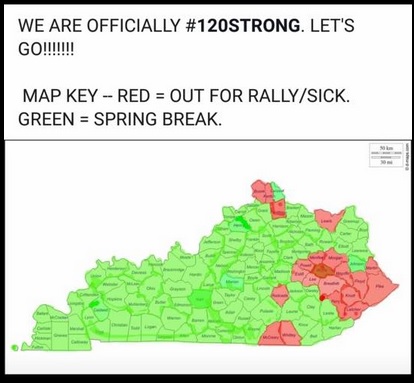 Teachers in Oklahoma and Kentucky massed in their respective state capitols on April 2, to demand GOP legislatures revoke bills damaging to education passed in virtual stealth. The spark plug in Kentucky is a group of activist parents with teachers, #SaveOurSchools Kentucky. In both states the movement has been organized outside the official teachers unions, using social media as well as traditional organizing techniques of talking with colleagues and neighbors about the issues. Another struggle of teachers is simmering, near boil, in Arizona.
Teachers in Oklahoma and Kentucky massed in their respective state capitols on April 2, to demand GOP legislatures revoke bills damaging to education passed in virtual stealth. The spark plug in Kentucky is a group of activist parents with teachers, #SaveOurSchools Kentucky. In both states the movement has been organized outside the official teachers unions, using social media as well as traditional organizing techniques of talking with colleagues and neighbors about the issues. Another struggle of teachers is simmering, near boil, in Arizona.
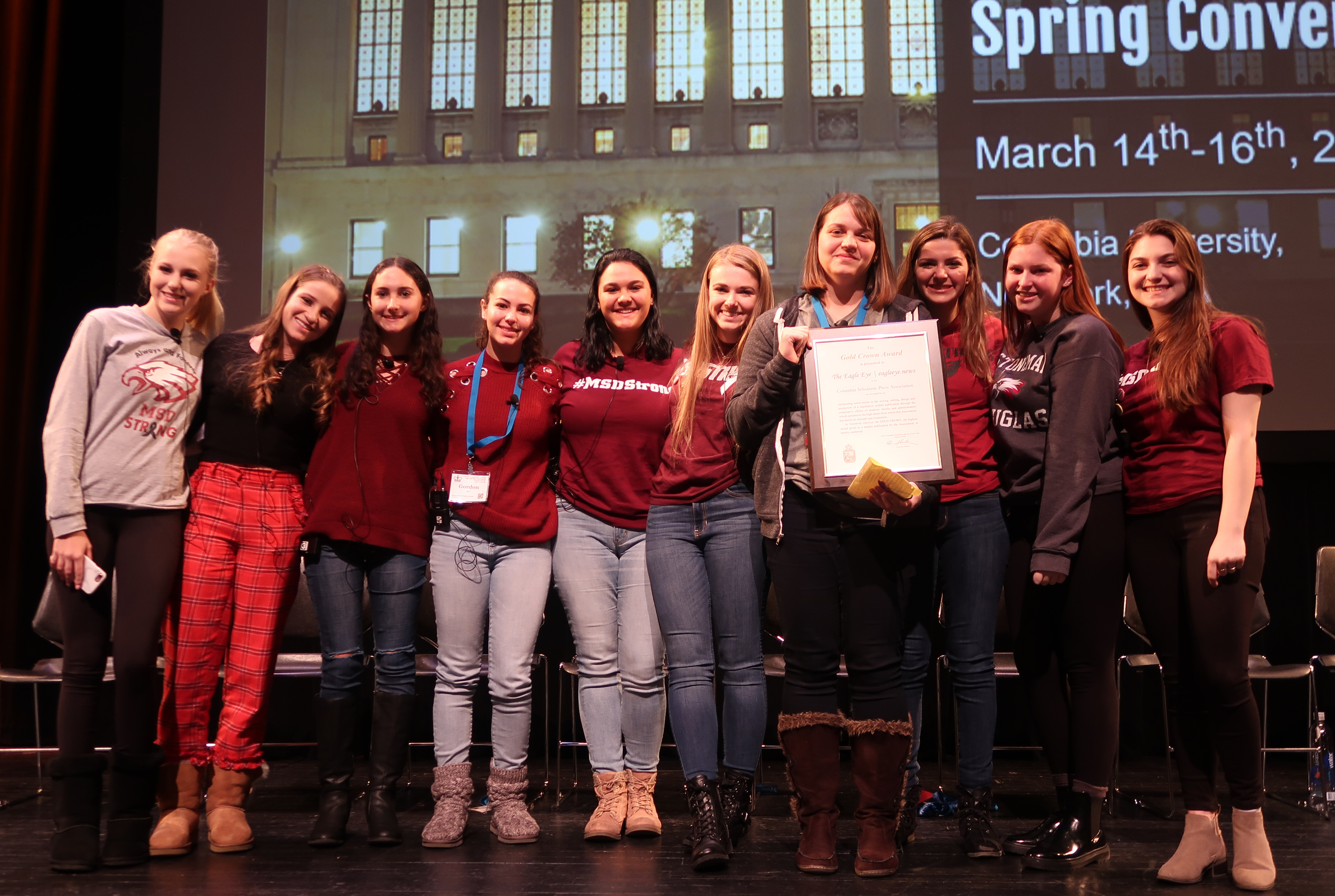
Teenagers in this country are under constant attack.
Whether it is their taste in music, fashion, or, it seems, simply wanting to attend classes without the fear of meeting their sudden death in a hail of bullets, there are always commentators who are willing to wag their fingers in disapproval. The demands placed on kids, when you think about it, are outrageous.
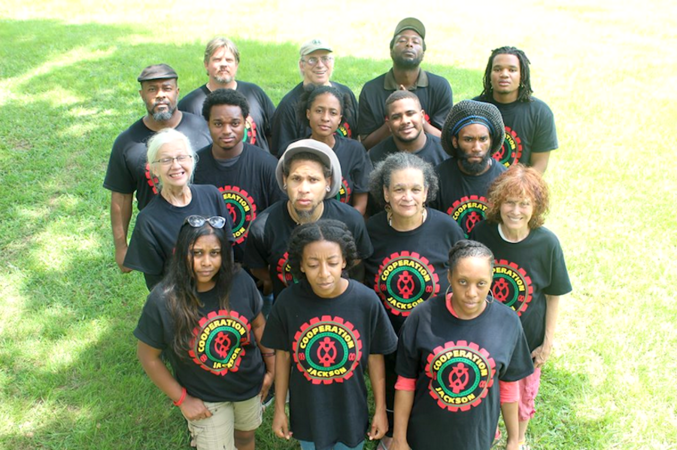
Well before the Trump era, U.S. presidents from both major parties failed to address urban problems or made them worse. Governors, members of Congress, and state legislators didn’t perform much better. So the difficult job of fighting poverty, inequality, and environmental degradation shifted to the municipal level, where activist mayors have tried to mobilize the limited resources of local government on behalf of neglected causes and constituents.
By: Dan La BotzMarch 25, 2018

A fast, when done in protest, is a call to arms. While eminently non-violent, it is a battle cry, issued in a whisper.
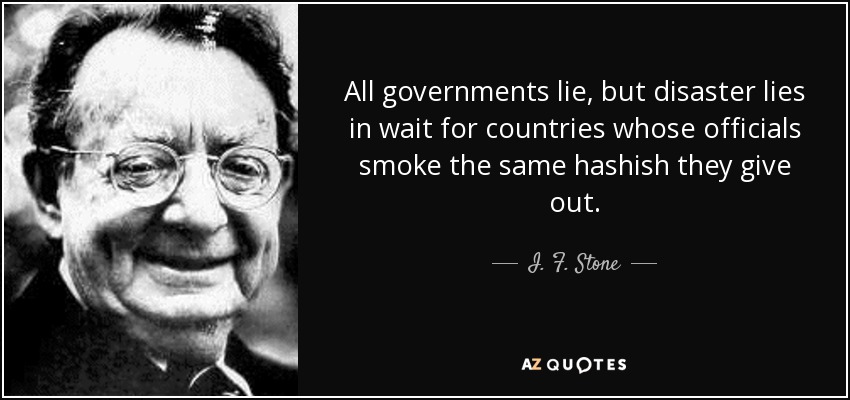
1. “All Governments Lie”
As 1950s investigative reporter I.F. (“Izzy”) Stone famously stated: “All governments lie.”[1] Fake news has historically been the weapon of the rulers, especially when in need of excuses for military aggression.
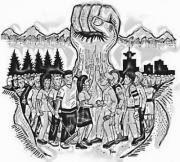
Dan La Botz's article “Trump and the Labor Movement” in the Winter 2018 of New Politics is based on an oral presentation, with the limitations that go with oral presentations. For example, La Botz simplifies the plaintiff’s argument in Janus to the point of missing what is key and unique in it. He states, “The conservatives argue that the union forces workers to financially support political causes with which they may disagree, and so violates their free-speech rights.” This was the issue in the 1977 Abood case.
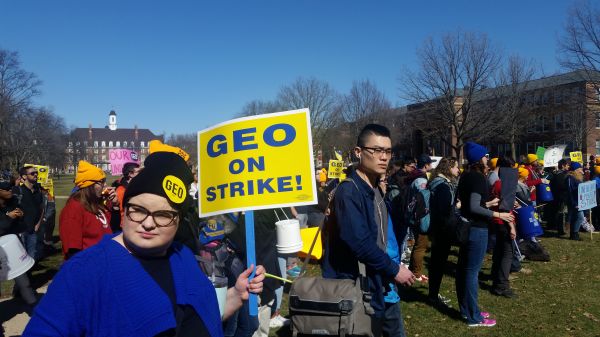 Amidst an upsurge of militancy among educators in places like West Virginia and the UK, graduate students in the US Midwest carried through the longest strike in University of Illinois history.
Amidst an upsurge of militancy among educators in places like West Virginia and the UK, graduate students in the US Midwest carried through the longest strike in University of Illinois history.
By: Jason SchulmanMarch 16, 2018
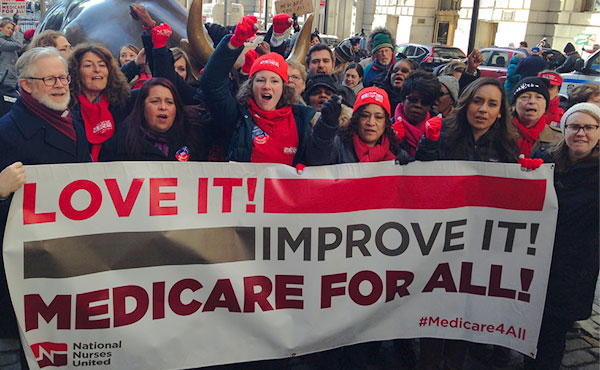 Healthcare is the crossroads where the assault on workers meets the juggernaut of “crony capitalism.” That’s the term used by the mainstream neo-classical and Nobel prize-winning economist Angus Deaton to describe the coziness between the healthcare industry and its government “regulators.” In fact, Deaton argues, how healthcare is financed and delivered is a driver of inequality.
Healthcare is the crossroads where the assault on workers meets the juggernaut of “crony capitalism.” That’s the term used by the mainstream neo-classical and Nobel prize-winning economist Angus Deaton to describe the coziness between the healthcare industry and its government “regulators.” In fact, Deaton argues, how healthcare is financed and delivered is a driver of inequality.
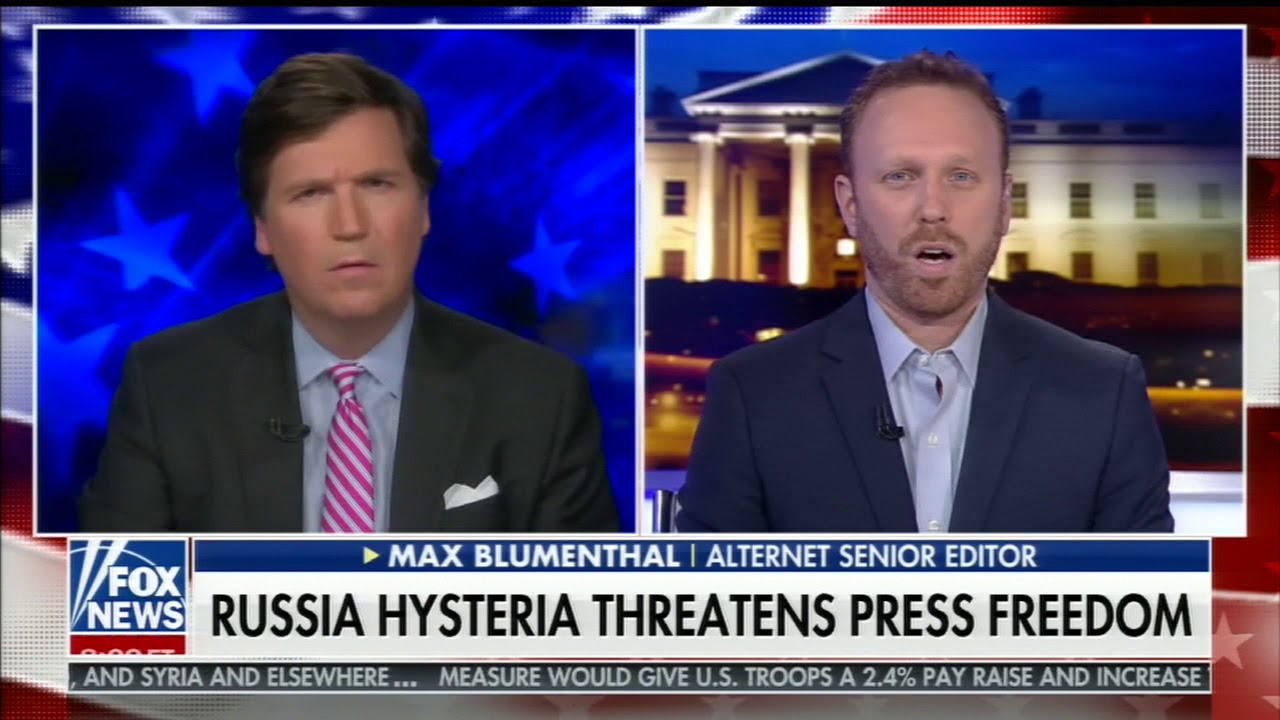
On the Southern Poverty Law Center website, this rather odd statement can be read:
Yesterday, Friday, March 9, we published an article entitled “The multipolar spin: how fascists operationalize left-wing resentment.” After receiving some concerns about the article from Max Blumenthal that evening, we took it down, pending further review.
The article was written by Alexander Reid Ross as a follow-up to earlier articles for SPLC titled “The Internet Research Agency: behind the shadowy network that meddled in the 2016 Elections” and “The far-right influence in pro-Kremlin media and political networks.” Subsequent to the removal of the latest, the other two have been removed as well.
By: Jason SchulmanMarch 13, 2018
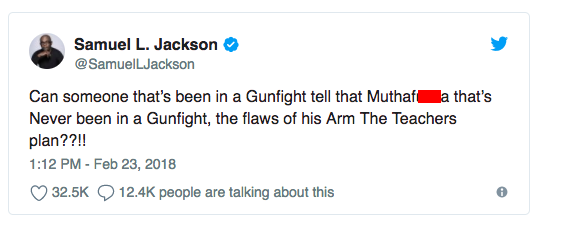
The call to “arm the teachers” started as another stink bomb President Donald Trump lobbed into the crowd at a conservative rally. But somehow, the concept cycled through the 24-hour news loop and, within a few hours, became a ubiquitous meme. Now, the morally repugnant idea of gun-toting teachers in America’s schools has taken center stage in the nation’s macabre debate on gun safety.
 The rise and rule of Donald Trump embodies much that is disturbingly new from his almost daily narcissistic rants on Twitter to his overt racist, misogynist, and xenophobic public pronouncements. On the other hand, there are historic roots to many of the positions articulated by Trump during his presidential campaign and adopted during his presidency.
The rise and rule of Donald Trump embodies much that is disturbingly new from his almost daily narcissistic rants on Twitter to his overt racist, misogynist, and xenophobic public pronouncements. On the other hand, there are historic roots to many of the positions articulated by Trump during his presidential campaign and adopted during his presidency.

Raoul Peck’s The Young Karl Marx is the best buddy movie since George Roy Hill’s Butch Cassidy and the Sundance Kid in 1969. It’s also among the most important films in decades, bringing to a mass audience not just the revolutionary ideas of Marx and his friend and collaborator Frederick Engels in the early days of modern capitalism, but an approach to politics and history that still has no peer. Charting the world as he saw it, Marx wrote: “Accumulation of wealth at one pole is at the same time accumulation of misery, agony of toil, slavery, ignorance, brutality, mental degradation, at the opposite pole.” Has anything changed?
United Workers Take on the Multiple Crises of Capitalism

In an era when the federal government is increasingly dominated by fossil-fuel interests that limit regulation of oil rigs and pipelines, the environmental justice movement seems to have diminished significantly.
A Look Beyond the Immediate Damage

We working people live in darkening times. When the Trump presidency ends in four years—if it does—we may no longer have an organized labor movement. As one of my colleagues, Ed Ott of the Murphy Institute, the City University of New York’s labor school, said to me, “We are at the beginning of the end of the U.S. labor movement based on a partnership with capital.” We are at the twilight of an era. Labor unions and collective bargaining stand to be swept away, and with them the institutions that have sheltered us in the workplace and provided us with a modicum of job security, living wages, health insurance, and pension benefits.
Reprinted from New Politics, Winter 1976

Introduction
By Aaron Amaral
The largest single day of anti-war protest in human history took place on February 15, 2003, almost fifteen years ago. Millions of people rallied and demonstrated internationally, in more than 600 cities, with the goal of preventing the then-pending U.S. invasion of Iraq. These protests failed to stop the coming imperial misadventure, and more than a half million people were killed as a direct result, with millions more displaced, killed, or maimed in the geopolitical ructions that since followed. Explaining the specific failure of the anti-war movement to stop the invasion in 2003 requires an analysis that is beyond the scope of the following article. What Julius Jacobson’s piece does offer is insight into the left’s failures to build a sustainable anti-war and anti-imperialist movement since.
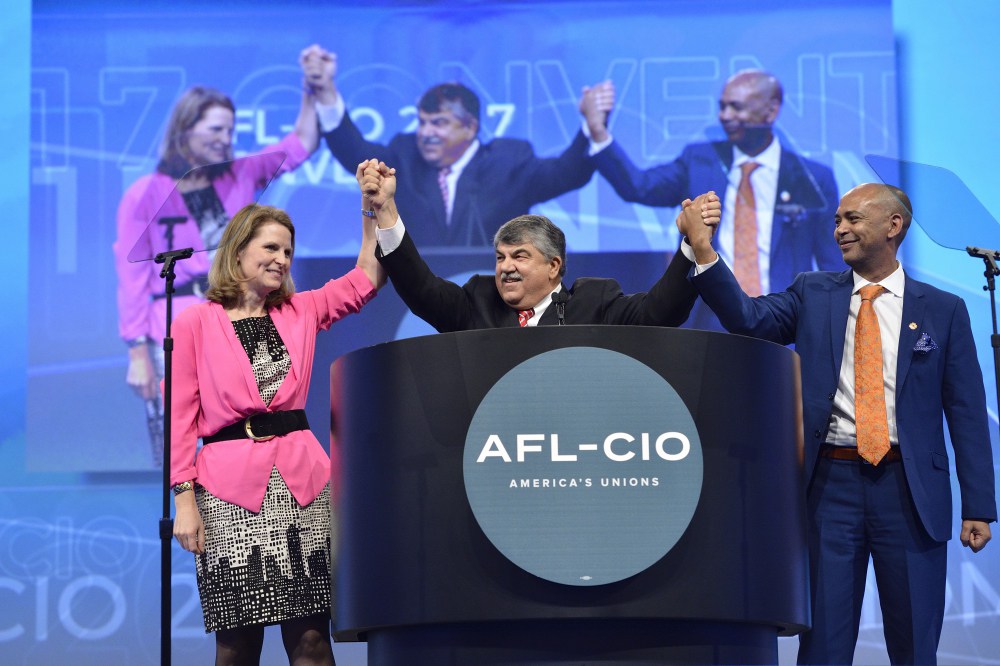
From October 22nd to the 25th, 2017, the AFL-CIO held its quarto-annual convention in St. Louis, Missouri. The choice of city was, if not intentionally, appropriate.
Reply to Dornbush, Elliott-Negri, and Lewis
Dornbush, Elliott-Negri, and Lewis are right that ideology is not enough and an analysis of “the actual, material terrain” is necessary. Simply repeating the well-known realities of the first-past-the-post U.S. electoral system that favors the two-party duality is not such an analysis. It’s old news. Not altogether wrong, but still yesterday’s political science.
I first met Kim Moody some 50 years ago. He was then organizing chapters of the California-based Peace and Freedom Party as an alternative to the Democratic war machine. If memory serves, he came to Park Slope, Brooklyn, then a predominantly Irish and Italian working-class neighborhood—not the gentrified picture from House Beautiful it has since morphed into—but also inhabited by a smattering of déclassé radicals. Moody wanted to interest a few of us in taking up the electoral mantle.
A Response to Kim Moody
 After a huge bump in membership thanks to Bernie Sanders, and an even bigger one thanks to Donald Trump, the DSA continues to grow. Since its national convention in August, membership has increased from 25,000 to 30,000. We have known since 2011 that millennials have a more positive association with the word “socialism” than the word “capitalism”;1 Sanders gave this demographic shift from the cold war era a political expression, and DSA has given it an organizational expression. Now thousands on the left are scrambling to answer the question, “What do we do with this newfound energy?”
After a huge bump in membership thanks to Bernie Sanders, and an even bigger one thanks to Donald Trump, the DSA continues to grow. Since its national convention in August, membership has increased from 25,000 to 30,000. We have known since 2011 that millennials have a more positive association with the word “socialism” than the word “capitalism”;1 Sanders gave this demographic shift from the cold war era a political expression, and DSA has given it an organizational expression. Now thousands on the left are scrambling to answer the question, “What do we do with this newfound energy?”
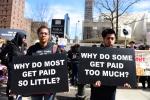 Some New Politics readers will recognize the title of this article as a paraphrase of Hal Draper’s “Two Souls of Socialism,” which appeared in New Politics in 1966. The first version, however, appeared in the socialist student magazine Anvil in 1960, just as a new generation of youthful activists was emerging, inspired to a large extent by the civil rights movement.
Some New Politics readers will recognize the title of this article as a paraphrase of Hal Draper’s “Two Souls of Socialism,” which appeared in New Politics in 1966. The first version, however, appeared in the socialist student magazine Anvil in 1960, just as a new generation of youthful activists was emerging, inspired to a large extent by the civil rights movement.
 Teachers in Oklahoma and Kentucky massed in their respective state capitols on April 2, to demand GOP legislatures revoke bills damaging to education passed in virtual stealth. The spark plug in Kentucky is a group of activist parents with teachers, #SaveOurSchools Kentucky. In both states the movement has been organized outside the official teachers unions, using social media as well as traditional organizing techniques of talking with colleagues and neighbors about the issues. Another struggle of teachers is simmering, near boil, in Arizona.
Teachers in Oklahoma and Kentucky massed in their respective state capitols on April 2, to demand GOP legislatures revoke bills damaging to education passed in virtual stealth. The spark plug in Kentucky is a group of activist parents with teachers, #SaveOurSchools Kentucky. In both states the movement has been organized outside the official teachers unions, using social media as well as traditional organizing techniques of talking with colleagues and neighbors about the issues. Another struggle of teachers is simmering, near boil, in Arizona.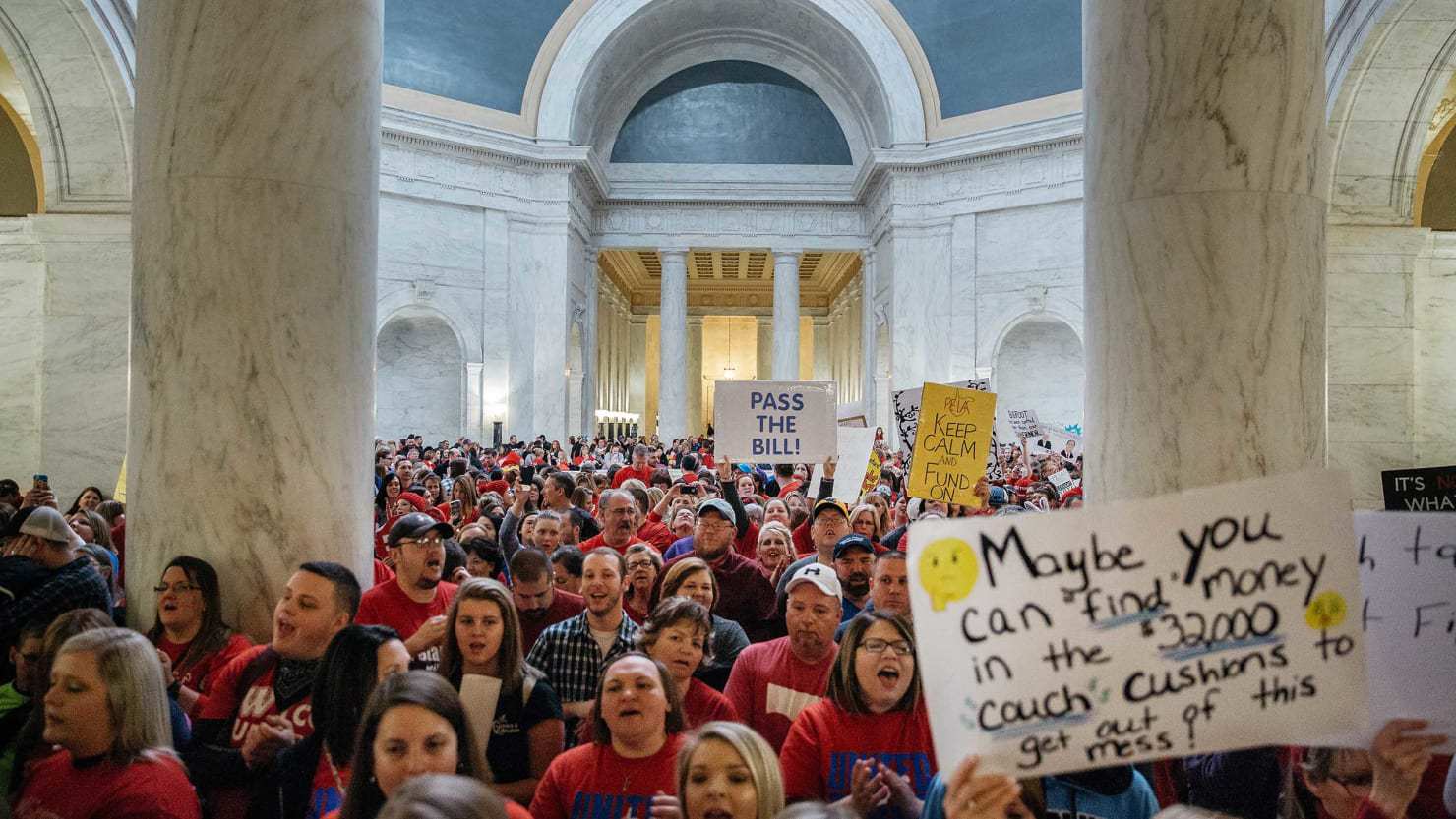





 Amidst an upsurge of militancy among educators in places like West Virginia and the UK, graduate students in the US Midwest carried through the longest strike in University of Illinois history.
Amidst an upsurge of militancy among educators in places like West Virginia and the UK, graduate students in the US Midwest carried through the longest strike in University of Illinois history. Healthcare is the crossroads where the assault on workers meets the juggernaut of “crony capitalism.” That’s the term used by the mainstream neo-classical and Nobel prize-winning economist Angus Deaton to describe the coziness between the healthcare industry and its government “regulators.” In fact, Deaton argues, how healthcare is financed and delivered is a driver of inequality.
Healthcare is the crossroads where the assault on workers meets the juggernaut of “crony capitalism.” That’s the term used by the mainstream neo-classical and Nobel prize-winning economist Angus Deaton to describe the coziness between the healthcare industry and its government “regulators.” In fact, Deaton argues, how healthcare is financed and delivered is a driver of inequality. 

 The rise and rule of Donald Trump embodies much that is disturbingly new from his almost daily narcissistic rants on Twitter to his overt racist, misogynist, and xenophobic public pronouncements. On the other hand, there are historic roots to many of the positions articulated by Trump during his presidential campaign and adopted during his presidency.
The rise and rule of Donald Trump embodies much that is disturbingly new from his almost daily narcissistic rants on Twitter to his overt racist, misogynist, and xenophobic public pronouncements. On the other hand, there are historic roots to many of the positions articulated by Trump during his presidential campaign and adopted during his presidency. 




 After a huge bump in membership thanks to Bernie Sanders, and an even bigger one thanks to Donald Trump, the DSA continues to grow. Since its national convention in August, membership has increased from 25,000 to 30,000. We have known since 2011 that millennials have a more positive association with the word “socialism” than the word “capitalism”;1 Sanders gave this demographic shift from the cold war era a political expression, and DSA has given it an organizational expression. Now thousands on the left are scrambling to answer the question, “What do we do with this newfound energy?”
After a huge bump in membership thanks to Bernie Sanders, and an even bigger one thanks to Donald Trump, the DSA continues to grow. Since its national convention in August, membership has increased from 25,000 to 30,000. We have known since 2011 that millennials have a more positive association with the word “socialism” than the word “capitalism”;1 Sanders gave this demographic shift from the cold war era a political expression, and DSA has given it an organizational expression. Now thousands on the left are scrambling to answer the question, “What do we do with this newfound energy?” Some New Politics readers will recognize the title of this article as a paraphrase of Hal Draper’s “Two Souls of Socialism,” which appeared in New Politics in 1966. The first version, however, appeared in the socialist student magazine Anvil in 1960, just as a new generation of youthful activists was emerging, inspired to a large extent by the civil rights movement.
Some New Politics readers will recognize the title of this article as a paraphrase of Hal Draper’s “Two Souls of Socialism,” which appeared in New Politics in 1966. The first version, however, appeared in the socialist student magazine Anvil in 1960, just as a new generation of youthful activists was emerging, inspired to a large extent by the civil rights movement.